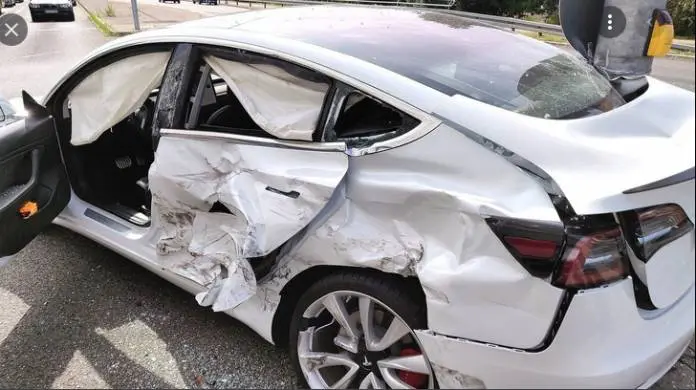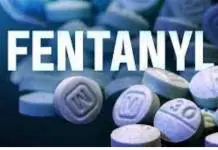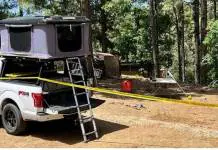
A 59-year-old anesthesiologist who died in a fatal Tesla car crash, William Varner, reportedly had too much alcohol in his body. Varner and another individual, 69-year-old Everette Talbot, died on April 17 in The Woodlands area of Houston, Texas, when their Model S car crashed into a tree.
An autopsy report by Harris County Institute of Forensic Sciences revealed that Varner had 0.151g/100mL of ethanol grain alcohol in his blood, while Texas legal blood alcohol for driving on the road is 0.08%, Reuters reports.
The autopsy showed that Varner died from “blunt force trauma and thermal injuries with smoke inhalation.” The vehicle had caught fire after the crash.
According to the local police and first responders, no one had been in the driver’s seat when the car crashed, and Varner was found in the back seat behind that of the driver. This led to speculations that the Tesla owner might have been operating the vehicle in a “driverless” mode when the accident occurred.
There were several speculations that Varner could have been using the autopilot driver-assistance system before the vehicle veered off and hit a tree. The National Highway Traffic Safety Administration (NHTSA) and the National Transportation Safety Board (NTSB) are still investigating the cause of the crash.
The NTSB said the car’s automated steering system was not available where the accident happened, but the vehicle’s cruise-control function may have been in use at the time. The shares of Tesla dropped significantly the day following the crash when the news of the accident spread.
Since 2016, 11 deaths have occurred from fatal Tesla car crashes, and the NHTSA has opened 33 investigations into the accidents. The federal agency believed the autopilot driver-assistance system may have been operational during most of the crashes.
Tesla revealed its advanced driver assistance system has a “full self-driving” capability, but warned that drivers must fully engage with their vehicles since the driverless option does not make the vehicle completely autonomous.











